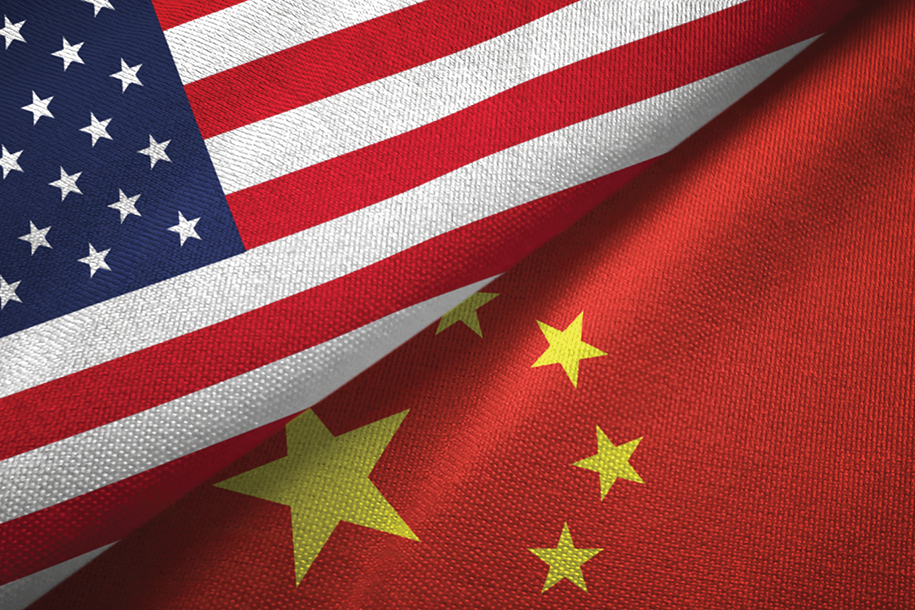BEIJING — Just hours after the U.S. announced a temporary suspension of most tariffs on Chinese imports on May 12, Jiang Kun, a freight forwarder in southern China, described the situation in two words: “Taking off.”
Only weeks earlier, certain Chinese products faced tariffs of up to 245% when entering the U.S. The 90-day pause in most of those tariffs triggered a flood of exports heading west, causing shipping delays and driving up freight costs as logistics networks struggled to respond.
Still, many Chinese manufacturers remain wary. Factory owners report overall order volumes have dropped, with U.S. retailers uncertain about whether to resume purchasing amid fears the tariffs could return.
Joyce Tian, a sales manager in Dongguan, commented that the current situation resembles “children playing a game,” reflecting the unpredictability of trade policy. Her company, which makes fans and heaters, typically receives American orders in late spring. This year, buyers are hesitant.
Ivy Lee, who manages sales at a homeware manufacturer, notes that some U.S. clients—once regulars—have gone silent. She remains hopeful: “These are everyday goods. Eventually, they’ll buy.” As for the policy swings, she says, “It’s out of our hands.”
Meanwhile, some small U.S. businesses are rushing to secure stock from Chinese suppliers while tariffs remain paused. Exporters are working quickly to ship goods to the U.S. during this window.
Tian Xin, a freight forwarder, explains that logistics companies are overwhelmed as clients try to move as much cargo as possible. Jenny Tian, also in freight forwarding in Shenzhen, warns of “container rollovers,” where booked cargo is bumped to later ships due to full vessels. Shipping costs to the U.S. West Coast have risen sharply—up $1,500 per container.
Some shipping routes have been altered, delaying vessel returns to Chinese ports and limiting available containers.
“You need ships to return with empty containers, and when they don’t, it creates supply chain disruptions,” said Eric Martin-Neuville, a logistics executive based in Singapore.
Faced with ongoing instability, Chinese freight forwarders are urgently seeking new customers outside the U.S. Mike Zhong, operating in the south of China, says exploring other markets is now part of his daily routine.
Chris Que, a regional director at a Guangzhou-based appliance company, said his firm paused sales to the U.S. due to policy uncertainty. “The environment is unstable. Tariffs could change anytime,” he noted. His company is now targeting European buyers.
Despite the tariffs, China’s exports overall jumped 8.1% in April year-over-year, according to national statistics. While U.S. trade declined, shipments to Europe and Southeast Asia surged—possibly including goods that may eventually reach the U.S. through indirect routes.



